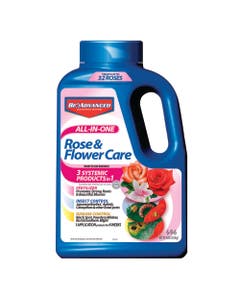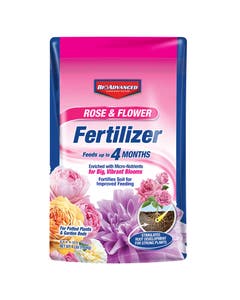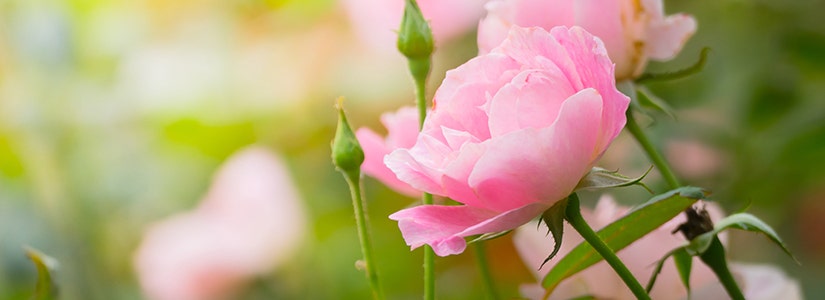

- Home
- Solution Center
- Learn
- Rose & Flower
- Types of Roses
Types of Roses
Roses are a huge and diverse group of flowering plants. They vary in climate adaptation, plant size, blooming character and landscape use. Here are the major types of roses. For additional information, go to the American Rose Society website.
Modern Roses were introduced after 1867. They include:
Hybrid Teas. Historically, the most popular type of roses, loved for their long-stemmed, beautifully formed, full-petaled blooms that are so wonderful as cut flowers. Many are extremely fragrant. Hybrid teas usually range from 3 to 6 feet high, and depending on variety, are hardy to USDA Zones 6 or 7 without winter protection.
Grandifloras. A group created with the introduction of ‘Queen Elizabeth’, a hybrid between a floribunda and a hybrid tea. Usually more vigorous, shrubbier and taller than most hybrid teas, often reaching 6 to 8 feet high, depending on pruning. Large, hybrid tea-like flowers are born singly or in clusters on strong stems. Excellent in bouquets. Most are hardy to USDA Zone 6 or 7 without winter protection.
Floribundas and Polyanthas. Floribundas are free-blooming, shrubby roses that bloom in large clusters and resist many common foliage diseases. Colorful landscape plants, growing 2 to 6 feet high. Useful as hedges, edgings and in mass plantings. Upright habit but can be spreading. Polyanthas are similar to floribundas, but are usually lower growing and not as widely sold. Hardiness varies, but both types can usually be grown into USDA Zone 5 without protection in winter.
Miniatures and Minifloras. Smaller versions of hybrid teas or floribundas in both plant form and foliage. Flowers born singly or in clusters; usually prolifically. Grow about 15 to 30 inches tall but height varies. Can be used as edgings, mass plantings and in pots. Sometimes sold as houseplants, but should be moved outdoors after a week or two or plants will suffer. Miniflora roses are usually a bit taller with larger flowers, resembling floribundas more than hybrid teas. Hardiness varies but both types can usually be grown into at least USDA Zone 6 without winter protection.
Shrubs . A diverse group of tough, usually disease resistant, free-blooming plants, recently made extremely popular with the introduction of Knockouts, David Austin and Drift varieties. Vary in height and spread, some growing up to 15 feet tall and wide, but many of the most popular varieties are smaller and more compact. Abundant blooms, usually born in clusters. Fine landscape plants, useful as hedges, screens, backgrounds, mass plantings and ground covers, depending on variety growth habit. Hardiness varies but many are extremely hardy and perfect choices for the coldest winter climates. Usually grown on their own roots.
Climbers. Vigorous, sprawling roses that will climb over arbors, trellises, fences and pergolas. Should be trained and tied to supports –plants will not climb otherwise. Most popular varieties (large-flowered climbers) bloom repeatedly throughout the growing season, others flower only once in spring. Hardiness varies by variety.
Old Garden Roses were introduced before 1867. They are a large, varied group of roses, many of which are quite vigorous and only bloom once a year in spring. Flowers come in many unique forms and are often very fragrant. Hardiness varies. Also known as heirloom or antique roses.
Species roses are also often called wild roses. They are another group of greatly varied plants, many with single flowers. Can be useful in native gardens, but due to their sparse bloom and rangy habit, are often not a great choice for beginners. Hardiness varies by species and variety.

















